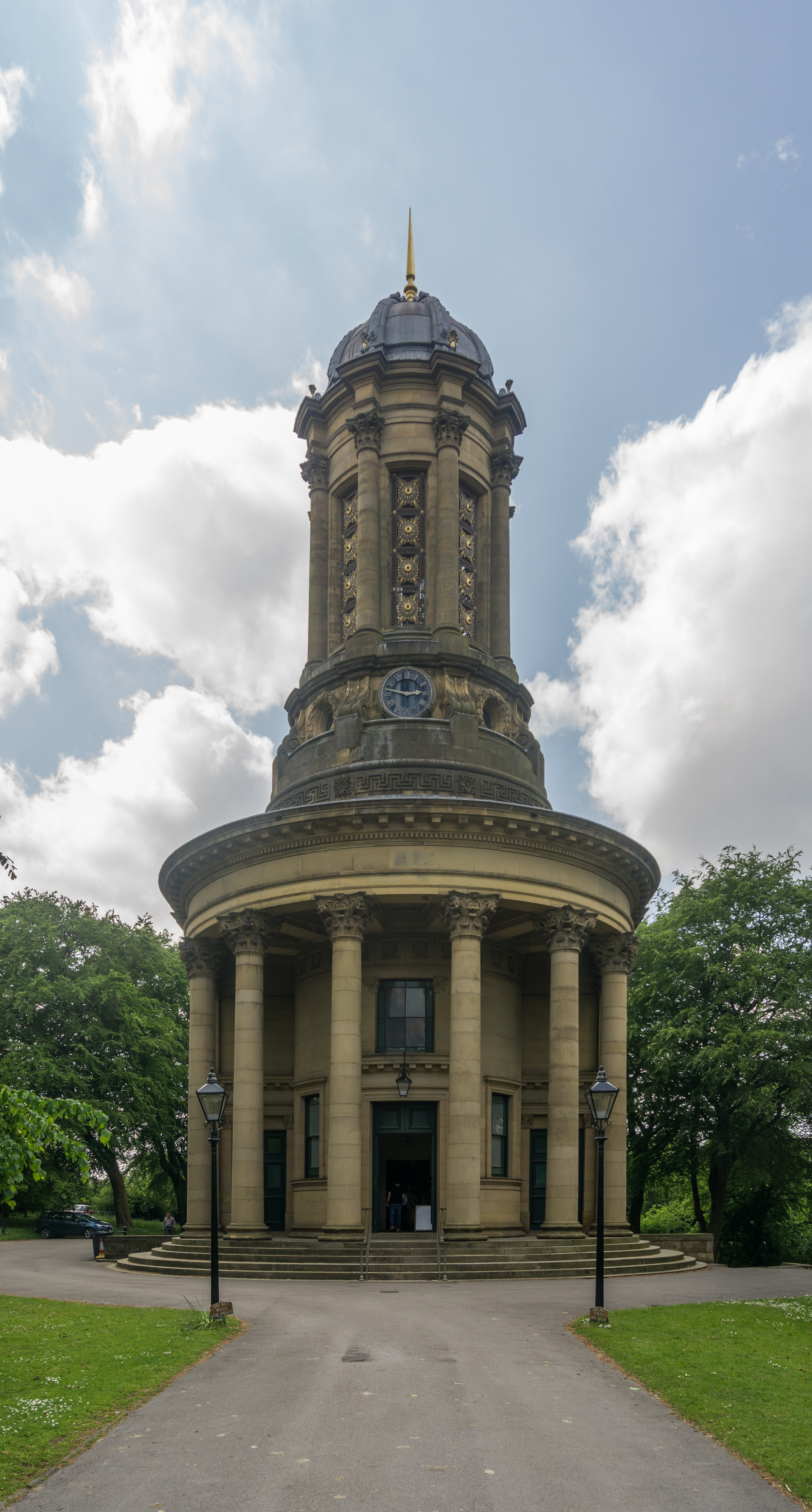|
Trinity Church, Sutton
Trinity Church, Sutton is a Grade II listed United Reformed Church, United Reformed and Methodism, Methodist church in the centre of Sutton, London. It was built in 1907 in the Gothic Revival architecture, Gothic style with Kentish ragstone with Bath stone dressings. It was designed by architects Gordon and Gunton. Location Trinity Church is situated in Cheam Road, Sutton. Its size and position make it a landmark in the town. History The church was officially opened on 2 October 1907 as Trinity Wesleyan Church, and replaced a former building nearby. It was renamed Trinity Methodist Church following the Methodist Union in 1932. In 1972 the Congregational and Presbyterian Churches united, and the Congregational church, Congregational and Methodism, Methodist congregations in Sutton also united, with Trinity becoming a joint United Reformed Church, United Reformed and Methodist church. Architectural features The church comprises a complex of buildings. Its most striking feature ... [...More Info...] [...Related Items...] OR: [Wikipedia] [Google] [Baidu] |
United Reformed Church
The United Reformed Church (URC) is a Protestant Christian church in the United Kingdom. As of 2024 it had approximately 44,000 members in around 1,250 congregations with 334 stipendiary ministers. The URC is a Trinitarian church whose theological roots are distinctly Reformed and whose historical and organisational roots are in the Presbyterian traditions and Congregational traditions. Its Basis of Union contains a statement concerning the nature, faith and order of the United Reformed Church which sets out its beliefs in a condensed form. Origins and history The United Reformed Church resulted from the 1972 union of the Presbyterian Church of England and the Congregational Church in England and Wales. In introducing the United Reformed Church Bill in the House of Commons on 21 June 1972, Alexander Lyon called it "one of the most historic measures in the history of the Christian churches in this country". About a quarter of English Congregational churches chose not to join ... [...More Info...] [...Related Items...] OR: [Wikipedia] [Google] [Baidu] |
